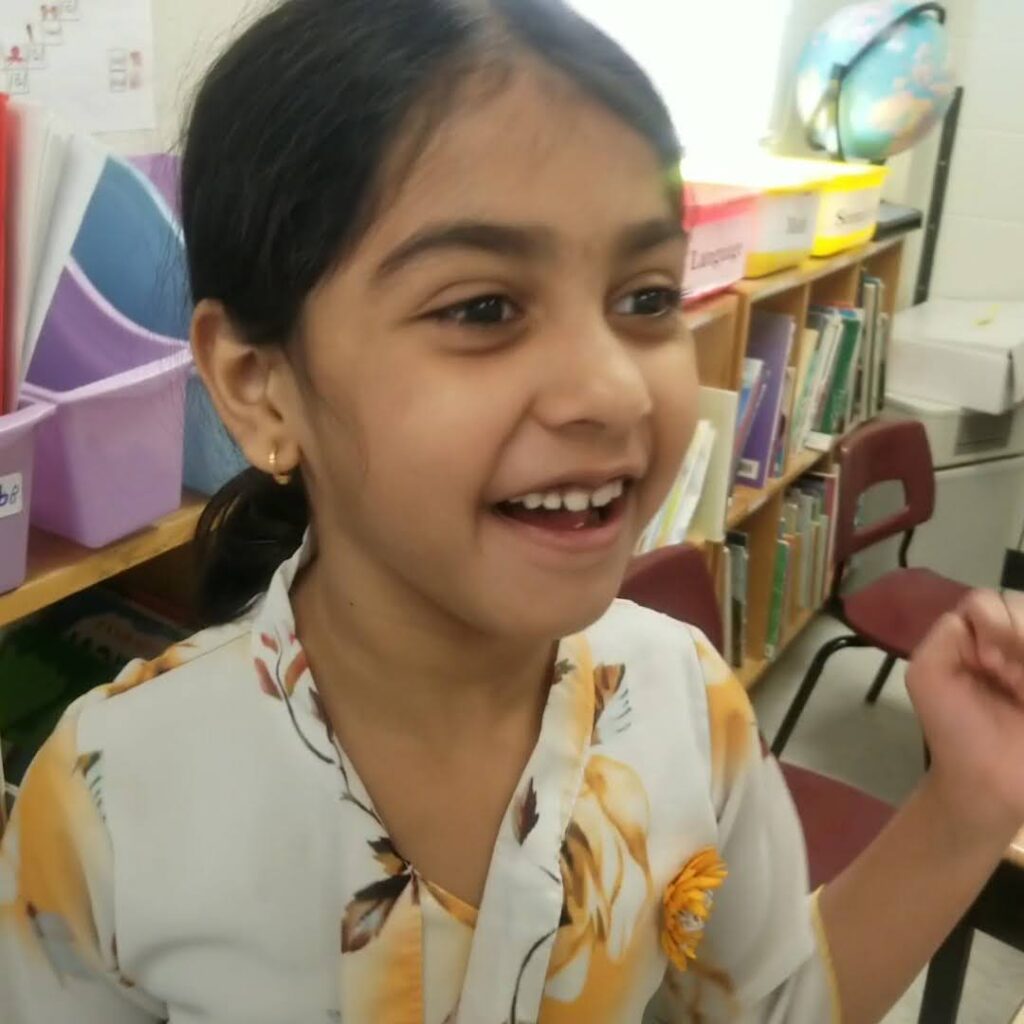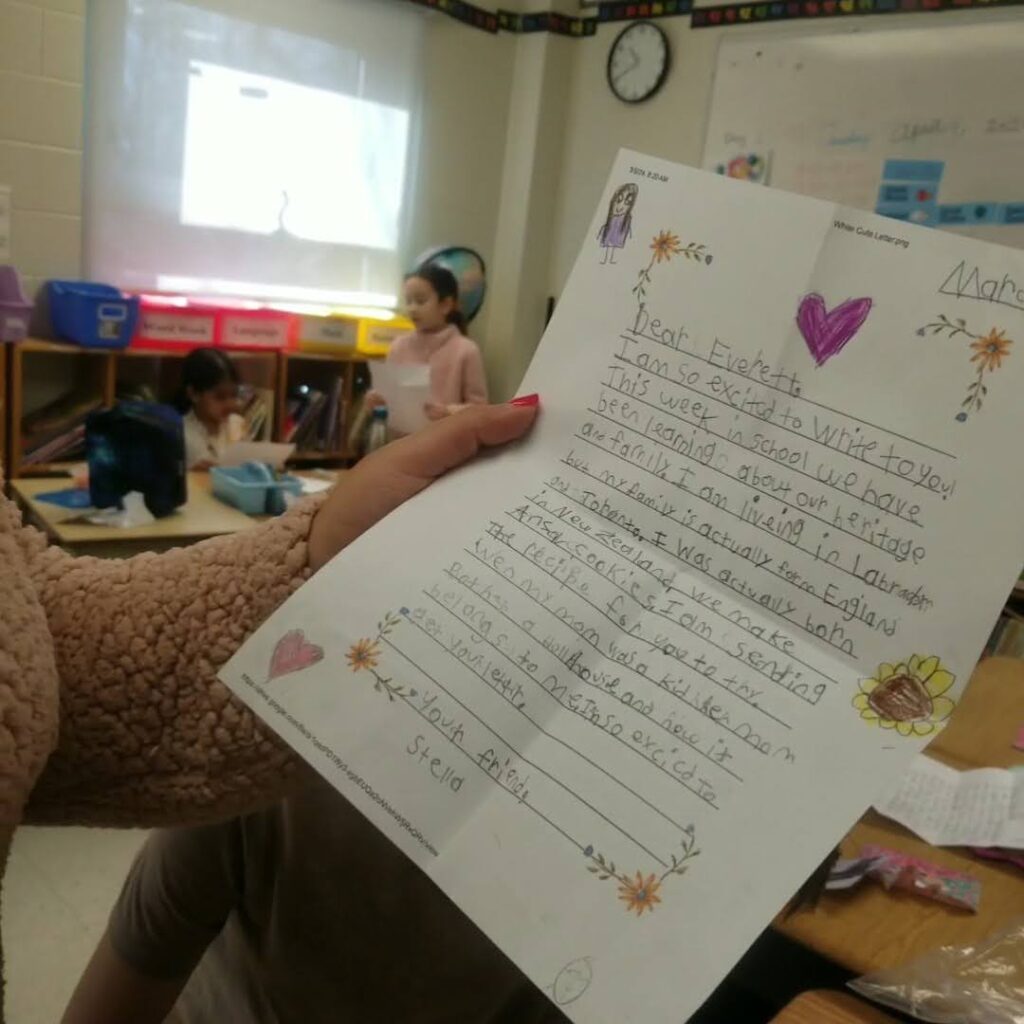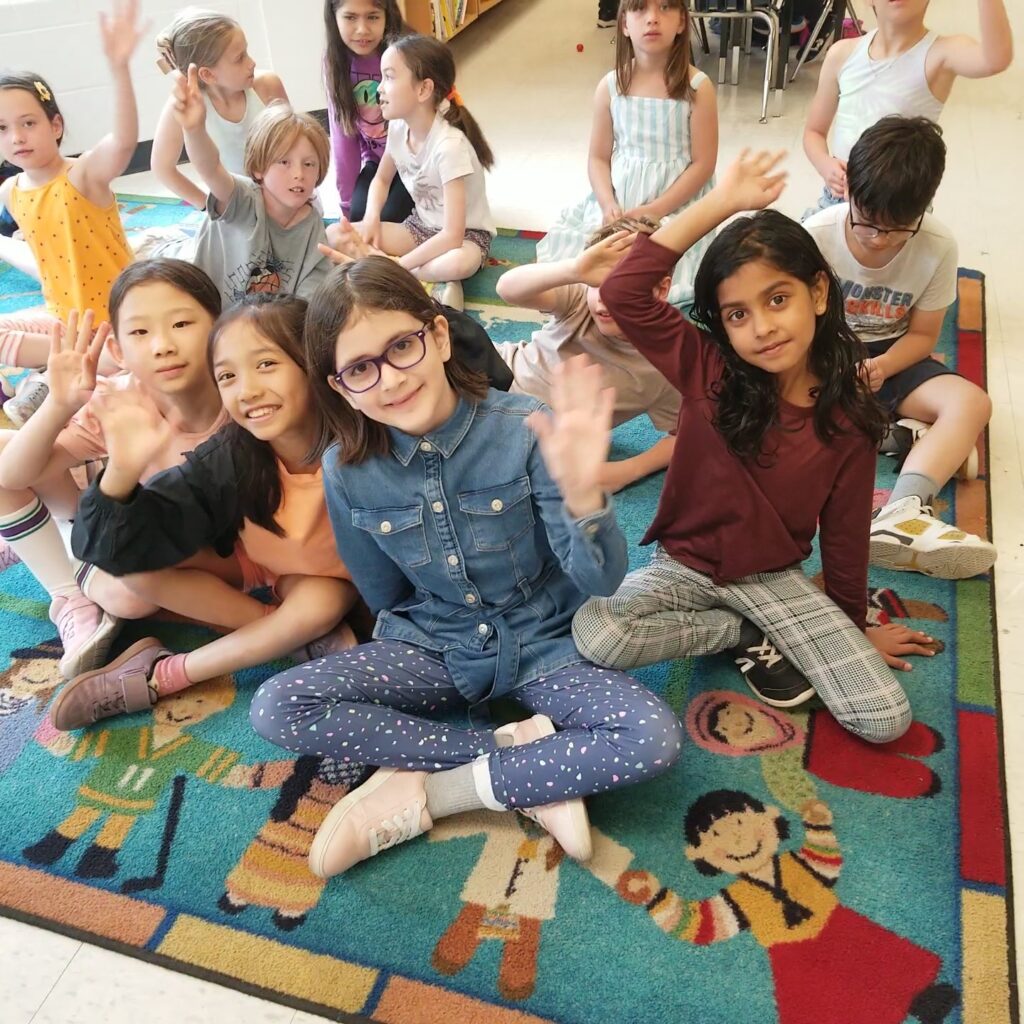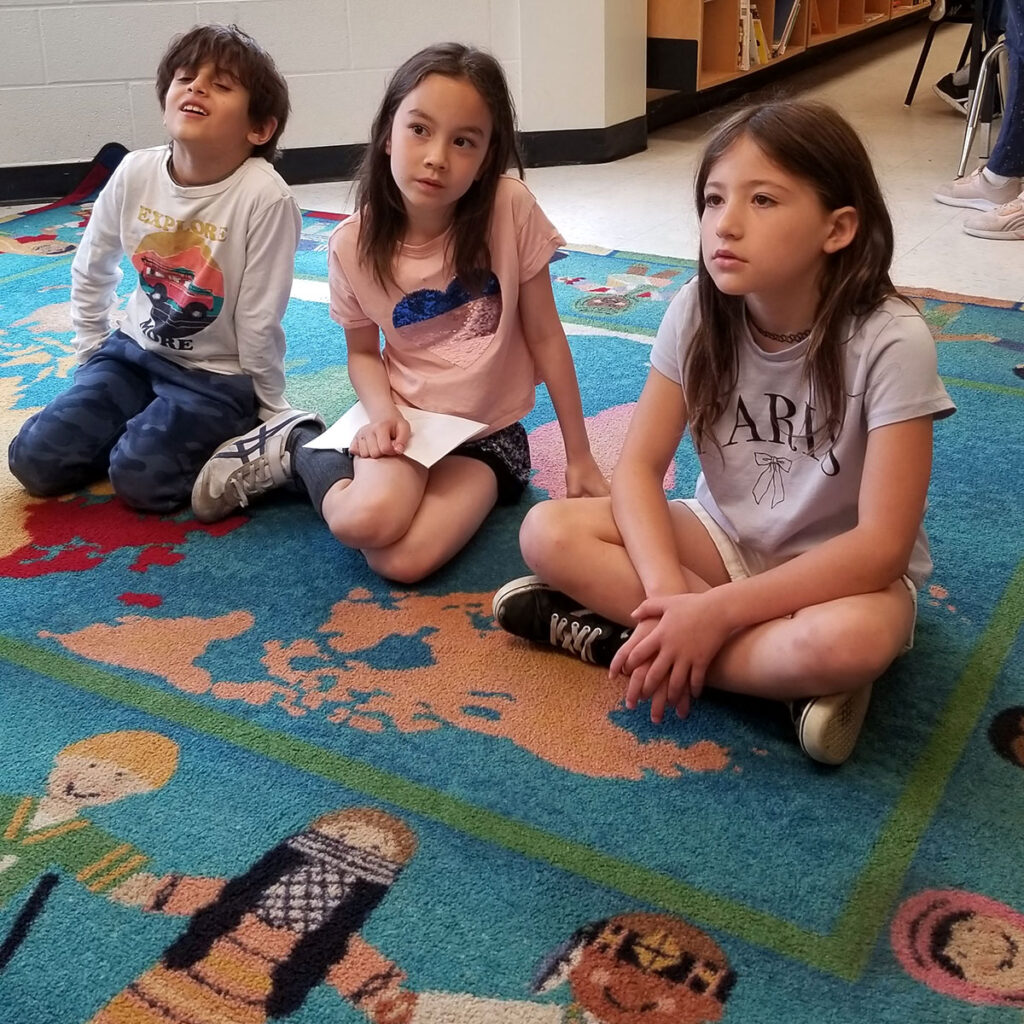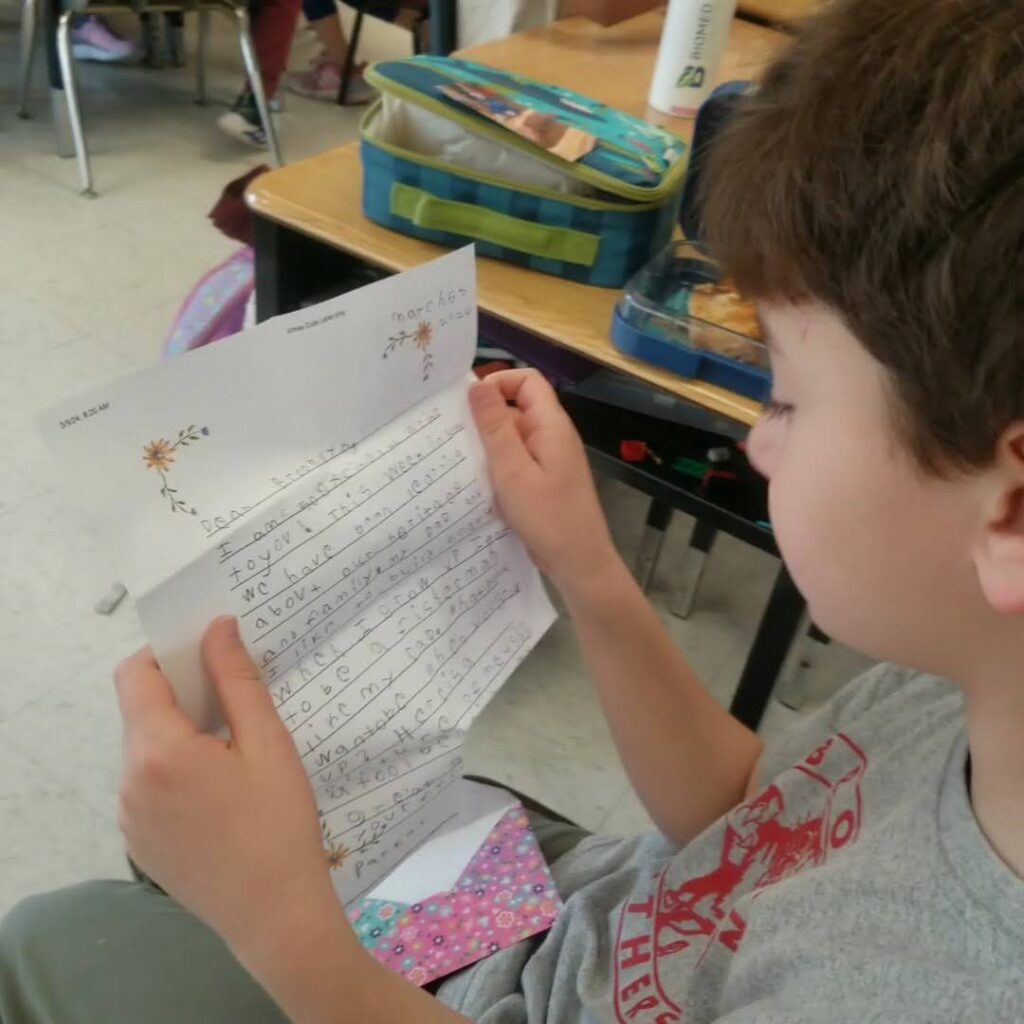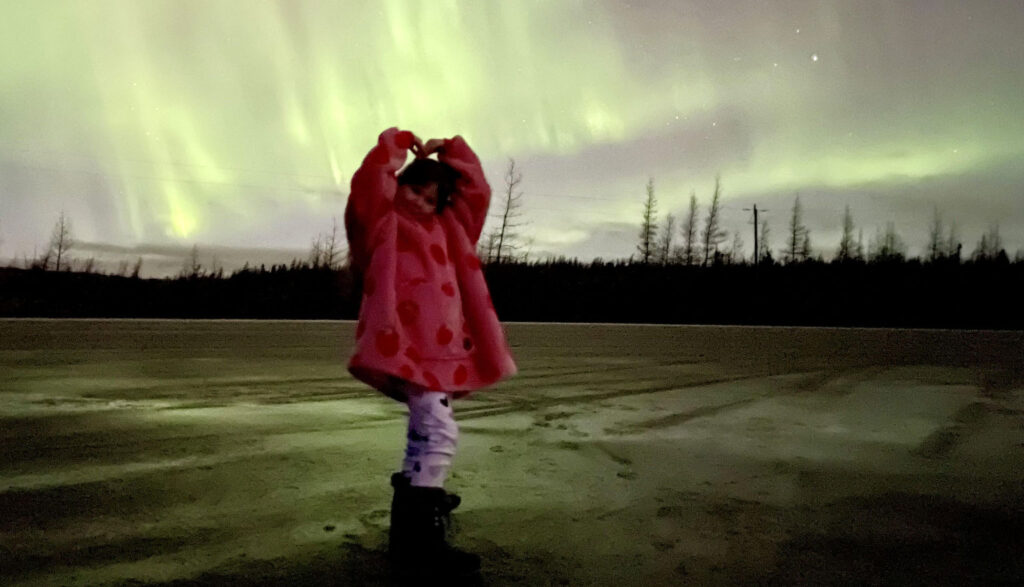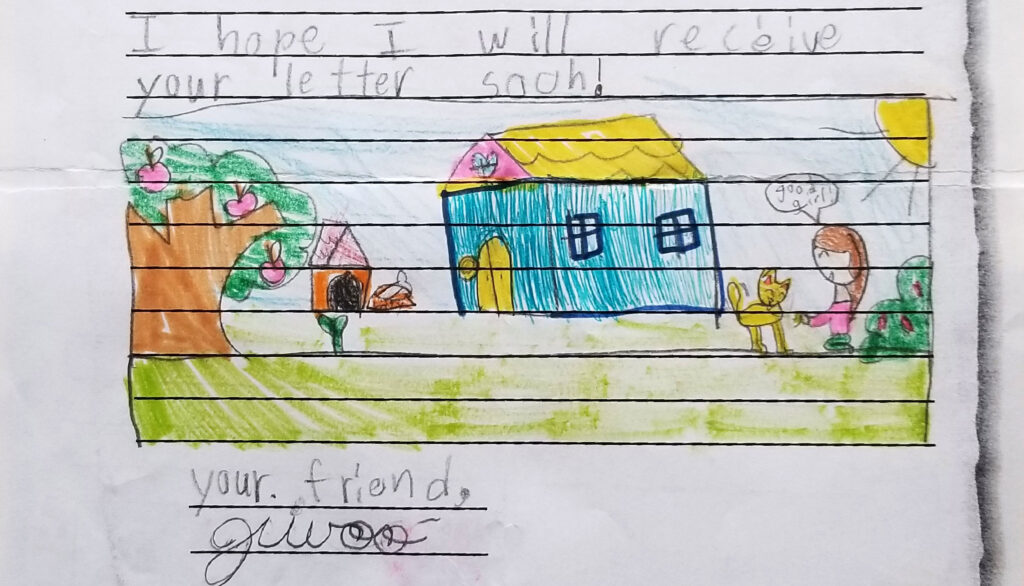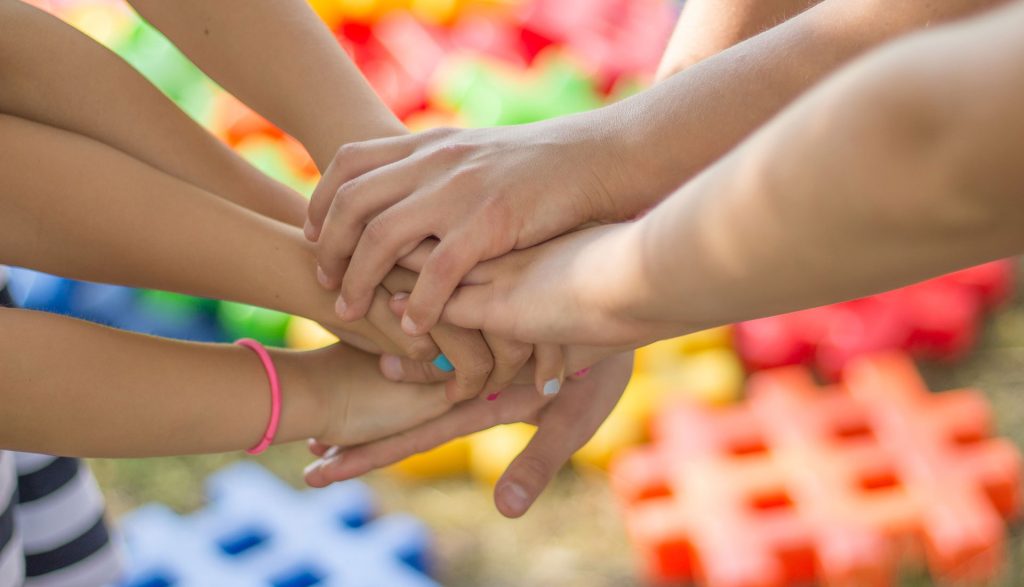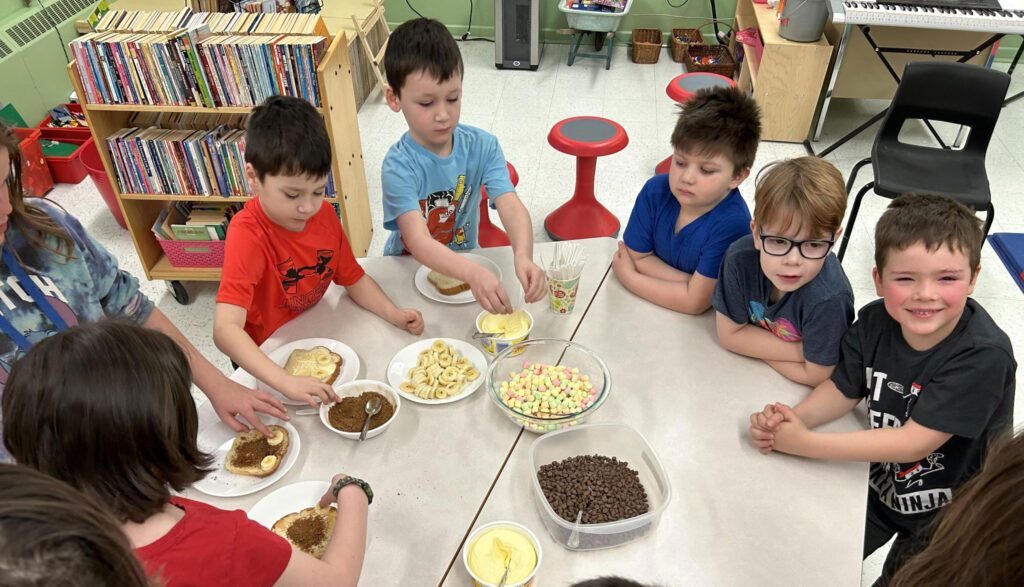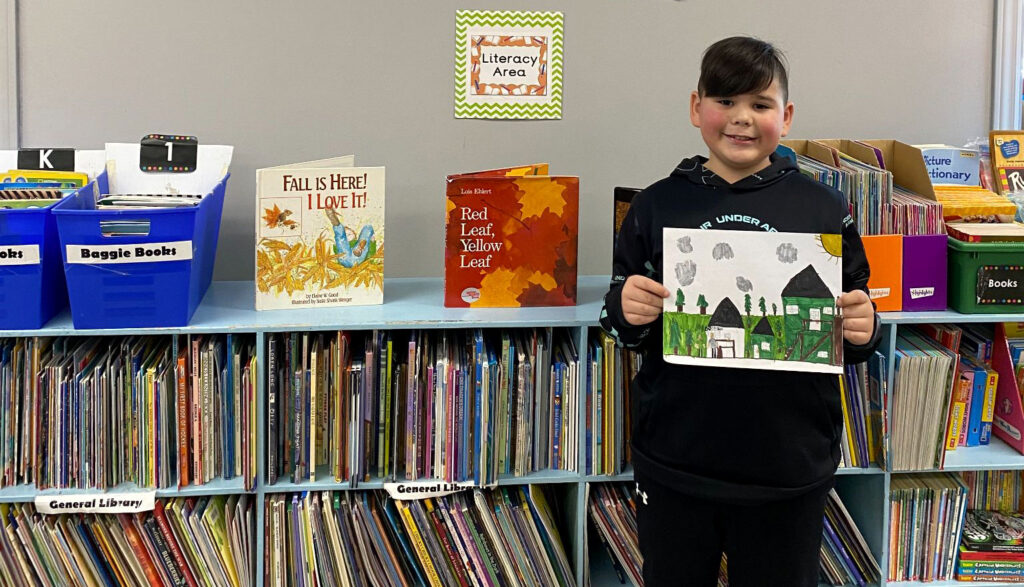We build student capacity for intercultural understanding, empathy, and mutual respect by fostering relationships between Indigenous and non-Indigenous children through activities and resource development that are directly aligned with Call to Action 63.
Our program is also aligned with the four year Indigenous Education Plan (2023-2027), that is addressed by The Council of Ministers of Education Canada.
The REACH programs provide long-term and sustainable lived experiences for children through letter writing, intercultural learning, and friendships. These experiences develop and strengthen intercultural understanding, empathy, and mutual respect” (#63iii). Currently there are no similar programs in Canada. The REACH Association aims to fill this gap.
We connect children cross-culturally
We foster intercultural understanding, empathy, and respect through traditional letter writing.
Children write five to six letters during the school year to their friends at a partner school. One dominantly non-Indigenous school is paired with a dominantly Indigenous school, and in most cases children from remote communities correspond with children who live in big cities.
As the letters become longer and more complex, children form a unique friendship with their penpals. Their interest grows as they learn more about their friends. They include pictures and recipes and even friendship bracelets or small 3D printed puzzles for their friends.
We develop resources
We develop educational Tool Kits to support the REACH program at schools across Canada. The kit includes:
- The REACH Project philosophy and guidelines for teachers
- Annual project plan
- Sample lesson plans
- Teaching Resources
We support learning through conversations and story-telling
Conversations, discussions, and storytelling are an essential part of the program. We create learning opportunities for children to talk to elders and community members from different cultures.
Children often choose a topic that was discussed in class to write to their friends, such as:
- Heritage, Celebrations, and Traditions
- Our Stories & Identity
- Changing Family and Community
- The Environment – Connections to the Land & Stewardship
They may work on common group or art projects
Children communicate through arts & crafts and penmanship
Children send drawings to their friends, make friendship bracelets for them and they may work on common projects together, be it an artwork or a performance. They learn how to write their names in cursive and use their new skill when they sign letters.
